My first built aircraft in simplep planes
The Boeing E-7 Wedgetail, also known as the 737 AEW&C (Airborne Early Warning & Control), is an advanced airborne surveillance, command, and control aircraft. Here is a detailed history of its development and usage:
Concept and Development
- Origins (1990s):
In the early 1990s, Boeing identified the need for a modern, cost-effective airborne early warning and control system to replace older platforms like the E-3 Sentry AWACS and other systems used globally.
The concept was based on the proven Boeing 737 Next Generation airliner, chosen for its reliability, operational efficiency, and lower costs compared to traditional military platforms.
- Design:
The E-7 is built on the Boeing 737-700 airframe, with structural modifications to integrate advanced radar and electronic systems.
A key feature is the MESA (Multi-role Electronically Scanned Array) radar developed by Northrop Grumman, mounted on a dorsal fin on the fuselage. This radar provides 360-degree coverage, enabling simultaneous air and maritime surveillance.
- Initial Contracts:
In 1996, the Australian government launched the Project Wedgetail, seeking a replacement for its outdated radar platforms.
In 2000, Boeing won the contract to deliver six E-7 Wedgetails to the Royal Australian Air Force (RAAF). The aircraft was named after the Australian wedge-tailed eagle, a bird of prey native to the region.
- Delays and Challenges:
Development was slower than expected due to challenges with radar integration and software development.
Initial deliveries to Australia were delayed until 2009, but subsequent improvements addressed early issues.
Operational History
- Royal Australian Air Force:
The RAAF received its first operational E-7 Wedgetail in 2010, and the fleet became fully operational in 2015.
The E-7 has participated in key missions, including supporting coalition forces in the Middle East during Operation Okra (against ISIS).
- Global Expansion:
After its success with the RAAF, the E-7 attracted interest from other nations:
Turkey ordered the aircraft under the Peace Eagle program.
South Korea acquired the platform as the Peace Eye program.
United Kingdom selected the E-7 to replace its aging E-3D Sentry fleet, with deliveries expected in the late 2020s.
United States Air Force announced plans in 2023 to acquire the E-7 as a replacement for its aging E-3 AWACS fleet.
- Versatility:
The E-7 is highly versatile, providing situational awareness, air traffic control, battle management, and surveillance over land and sea. It can detect and track aircraft, ships, and other threats at long ranges.
Key Features and Specifications
Airframe: Based on Boeing 737-700 with modifications.
Radar: Northrop Grumman MESA radar with 360-degree coverage.
Crew: Typically 6 mission crew + flight crew.
Range: 6,500 km (4,000 miles) with air-to-air refueling capability.
Speed: Cruise speed of Mach 0.78 (828 km/h).
Key Systems:
Advanced communications and data links for real-time information sharing.
Electronic warfare capabilities for threat detection and countermeasures.
Future and Significance
The E-7 has become the benchmark for modern AEW&C systems, offering a smaller, more efficient alternative to legacy platforms like the E-3 AWACS.
Its modular design allows future upgrades, ensuring its relevance for decades.
As more nations retire older AEW&C systems, the E-7 is likely to see expanded adoption worldwide.
Specifications
Spotlights
- xYoshii_ 3 months ago
- HOPKINS234 3 months ago
- DJRianGamerTheHololiveFan 3 months ago
- ChihiroFujisaki 3 months ago
- dabestsock 3 months ago
- TheRealGoober 3 months ago
- PrussianAirWorks 3 months ago
General Characteristics
- Predecessor Boeing 737-600
- Created On Android
- Wingspan 112.5ft (34.3m)
- Length 196.9ft (60.0m)
- Height 134.4ft (41.0m)
- Empty Weight N/A
- Loaded Weight 44,633lbs (20,245kg)
Performance
- Power/Weight Ratio 1.116
- Horse Power/Weight Ratio 0.067
- Wing Loading 24.4lbs/ft2 (118.9kg/m2)
- Wing Area 1,832.9ft2 (170.3m2)
- Drag Points 11257
Parts
- Number of Parts 374
- Control Surfaces 9
- Performance Cost 2,387


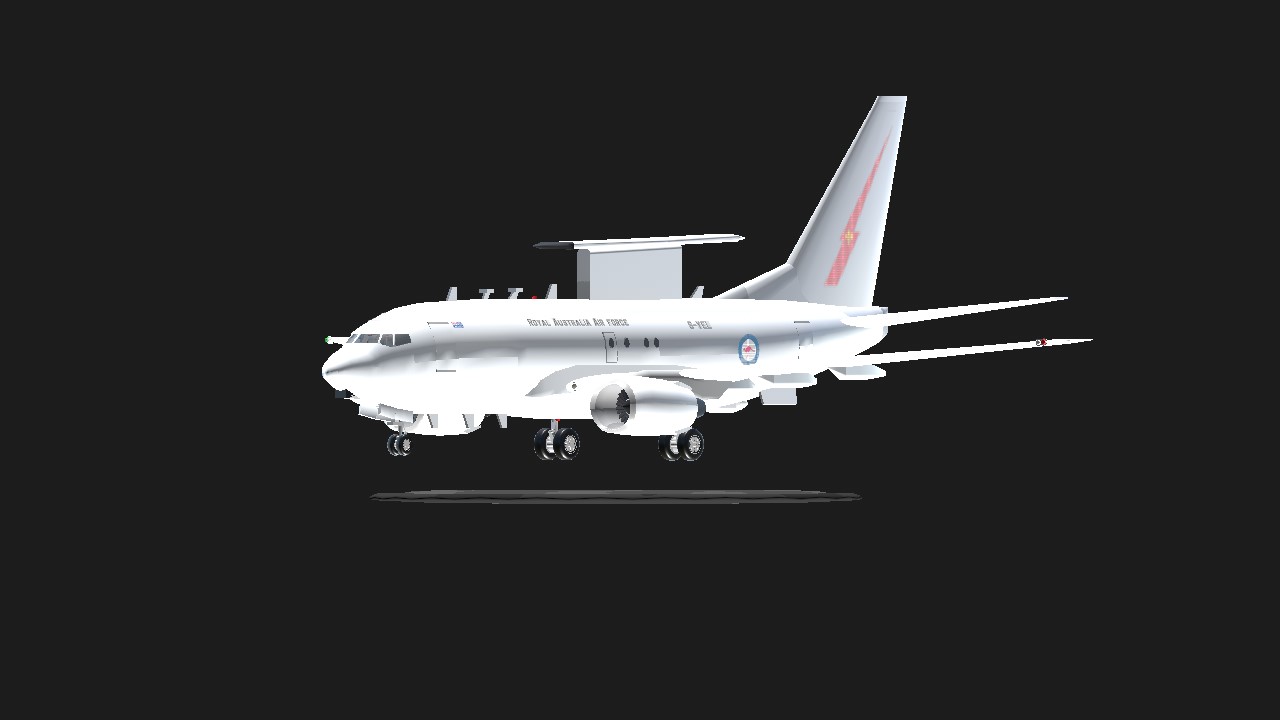
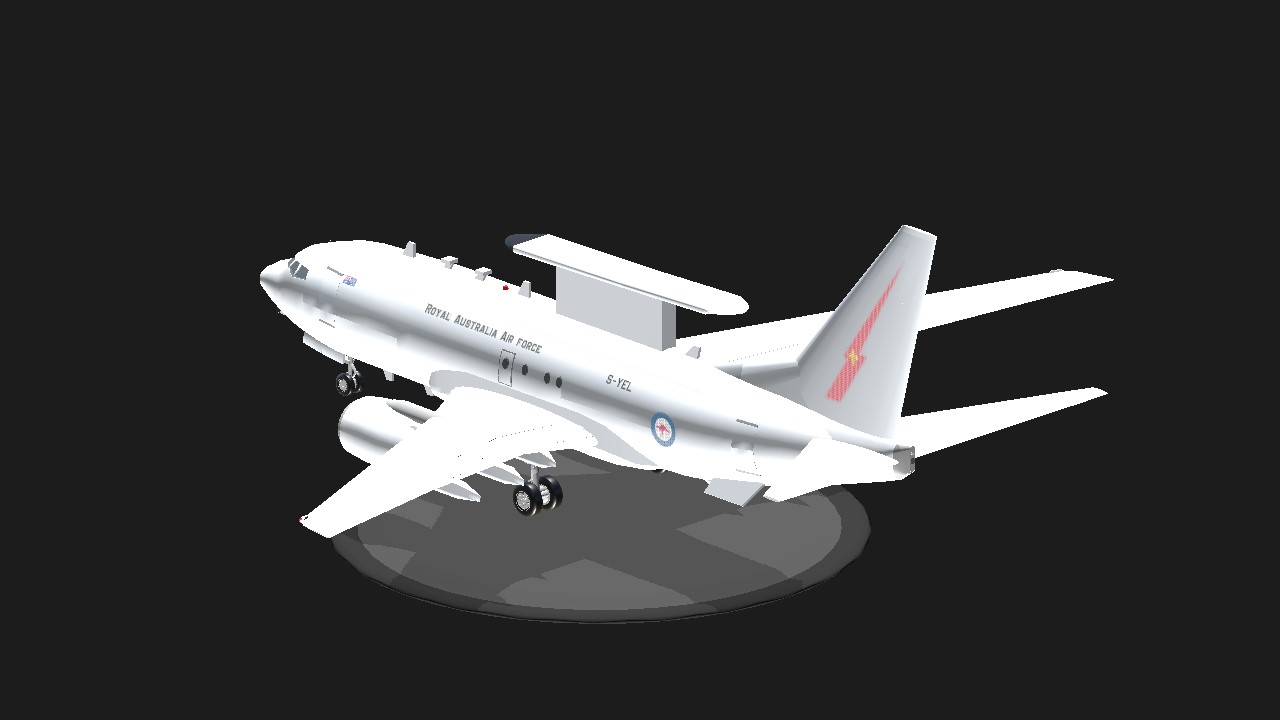
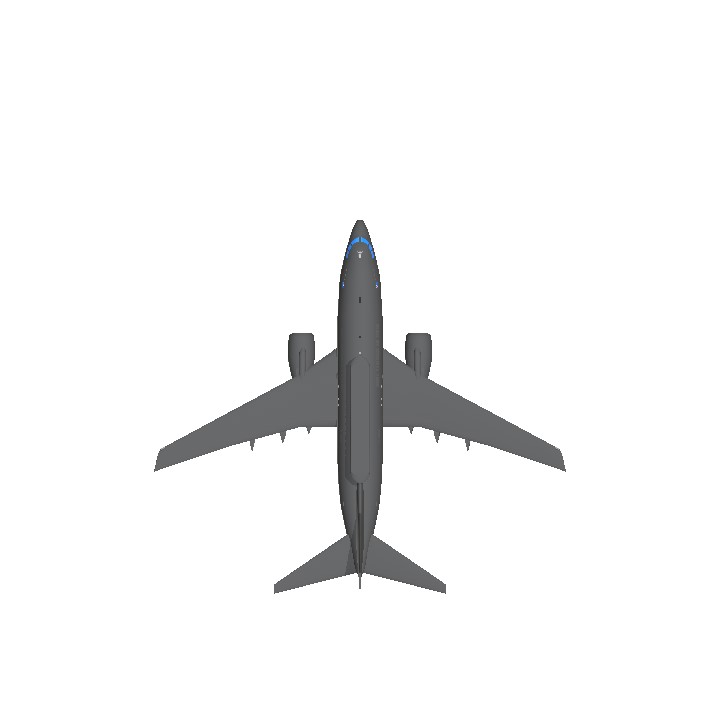
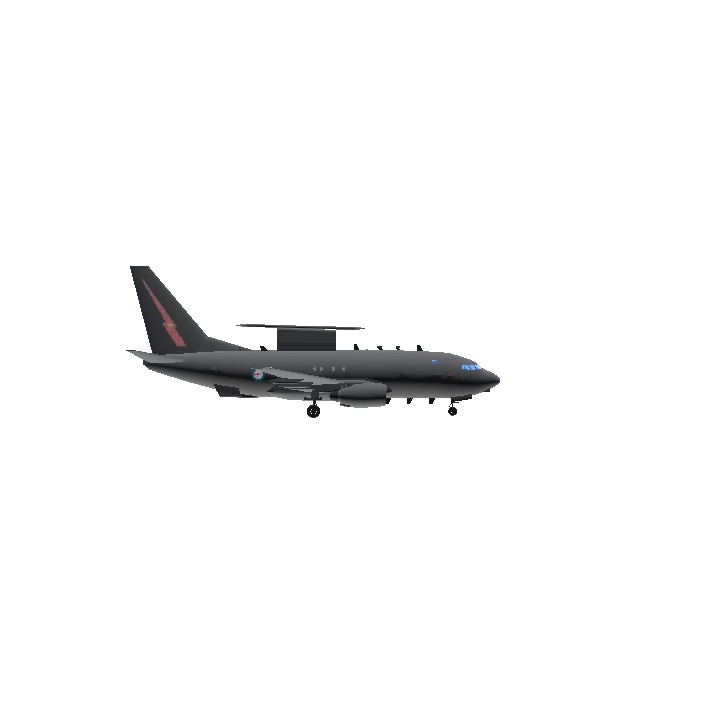
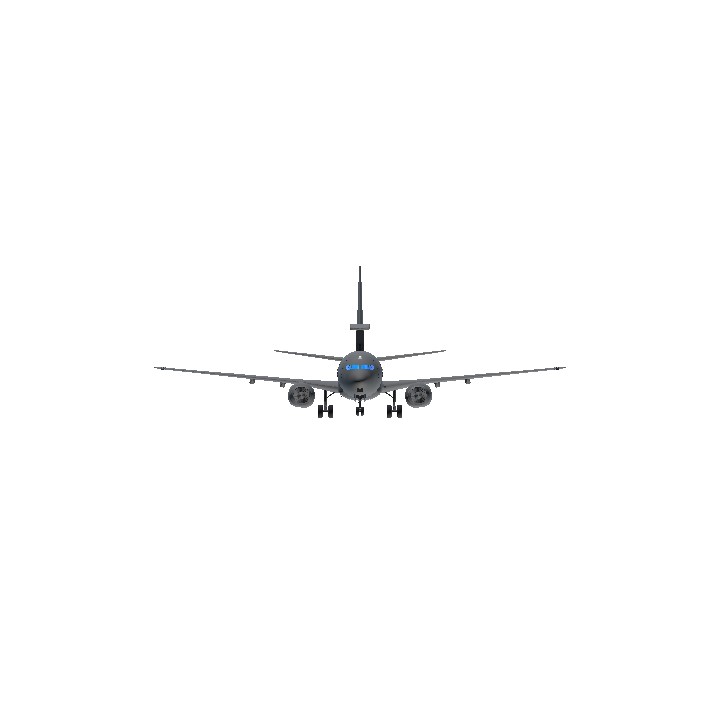
Anime girl artist on the thumbnail was made by: Atamonica.
STRAYAAAAAAA
@DJRianGamerYT You just did my job for me Thank you
boing wedgeteil.
@dabestsock Sure
Those AWACS guy from Project Wingman
@EarthSensei
can you make this build with link I made below
737
Sorry I can't spotlight
I have done it too much today lol